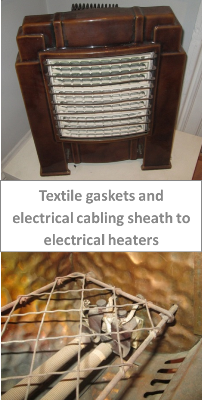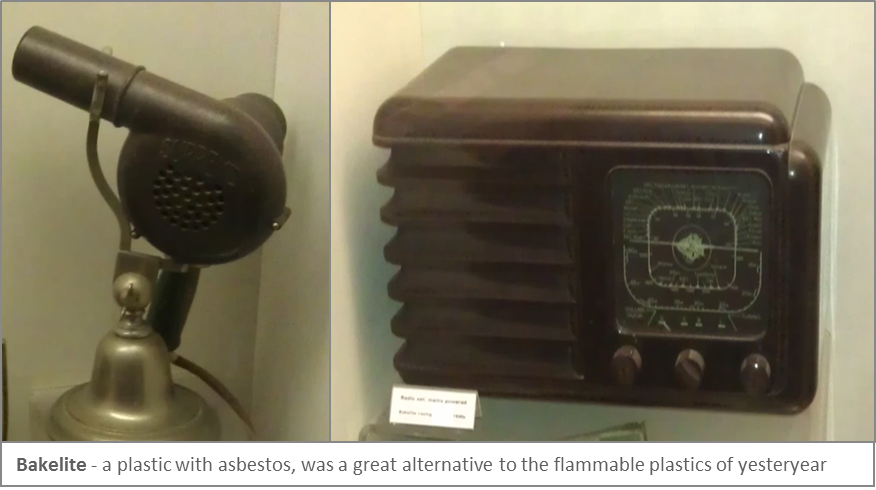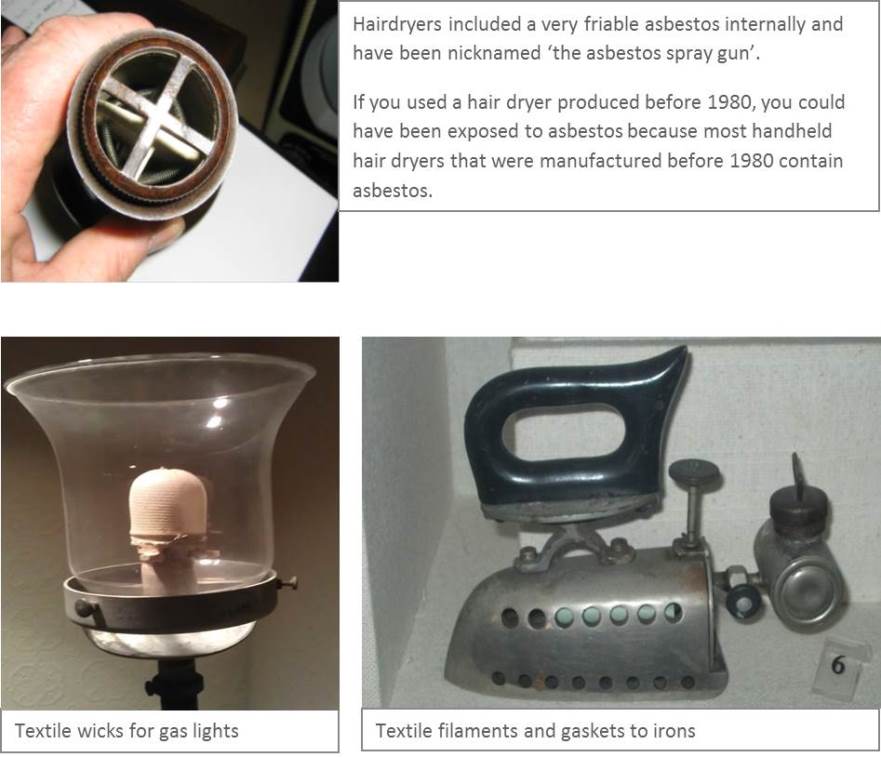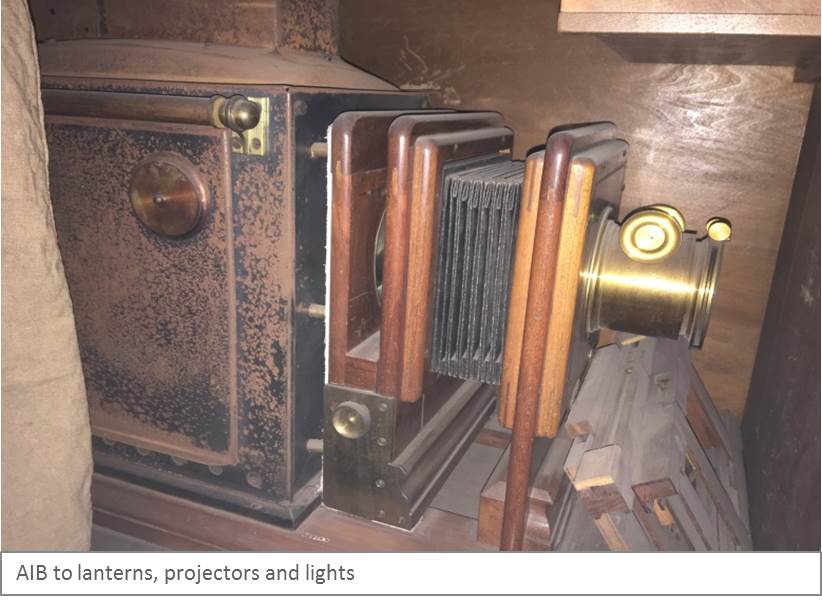History of Asbestos – The Wonder Material
The Victorian and Edwardian eras witnessed a domestic revolution. It was an exciting age of innovation, discoveries and dramatic scientific changes, many of which altered life at home in profound ways, including some that were terrifyingly deadly. Many of the products bought or invented were not only health hazards, but deadly domestic assassins; hidden killers were welcomed into the heart of homes across Britain. From bread adulterated with alum to highly flammable plastics that literally set people alight when their brooches or collars spontaneously combusted. A recent BBC series, Hidden Killers explored many of these issues, including asbestos.
Edwardian engineers thought they’d discovered a wonder material – a mineral that was non-flammable, cheap and clean. It was used for just about everything in the early 20th Century home, including hairdryers, floor tiles, toys, oven gloves, gutters, insulation, even clothing. However, asbestos, the wonder material, is now a known carcinogen which causes cancers and was finally banned in 1999 in the UK.
Often only thought of as a hazard in the construction industry, current legislation focuses on the maintenance and building trades. However asbestos can be found in many historic artefacts hidden in attics, which often end up in museums and heritage displays. It is part of our social domestic history and industrial past.
Appliances
Many household appliances were manufactured with asbestos for fireproofing purposes.
Appliances historically known to contain Asbestos:
- Boilers

- Deep fat fryers
- Popcorn makers
- Toasters
- Oven ranges
- Slow cookers
- Barbeque fire starters
- Washers and dryers
- Dishwashers
- Iron rests and burner mats
- Barbeque mitts
- Pot holders
- Stovepipe Rings
- High-temperature gaskets for stoves
Personal items and products known to contain Asbestos:
- Hair dryers and curling irons (electric)
- Irons, ironing boards and ironing board covers
- Toasters
- Coffee pots
- Electric blankets
- Asbestos is also found in vermiculite or talc and trace amounts could also be detected in cosmetics and powders (incl. baby powders) as well as fertilizer and potting soils.
- Portable electric heaters
- The Baby Bottle Warmer manufactured by Hankscraft Company in 1955. The interior of the bottle warmer was lined with asbestos to provide insulation
Image gallery



Enquin Environmental is a team of independent, qualified and highly experienced asbestos consultants. We provide our clients with impartial, practical advice, guidance, surveying and analytical services throughout the UK.
Further information on our services can be found here.